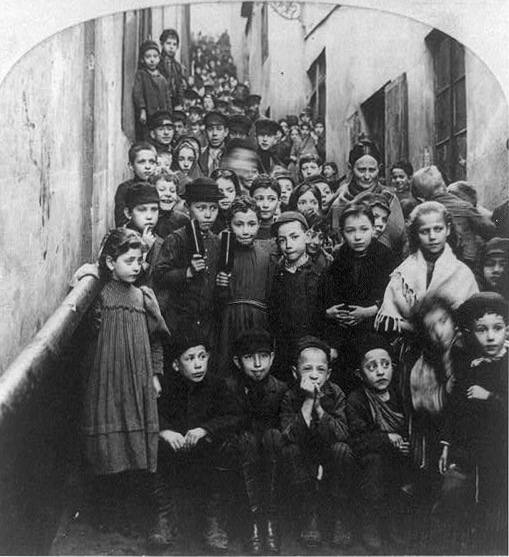
It may still take decades for the global Jewish population to reach pre-World War Two numbers. That’s according to the just released World Jewish Population 2020 report.
The global Jewish community now numbers near 15 million and researchers say that still falls short of the estimated 16.5 million Jews alive in 1939.
“The Jewish population has not returned to what it was before the war,” said Hebrew University of Jerusalem Professor Emeritus Sergio DellaPergola, “so this is quite impressive to think that the Holocaust of the Jews is still visible. The damage is still visible and not yet recovered to its early dimensions.”
The annual survey also found that the Jewish population of Europe is at its lowest point in a millennium and is expected to further decline.

Europe’s Jewish population is estimated to be 1.3 million, or 0.1% of Europe’s total population. At its height in the late 19th century 90% of the world’s Jewish population called Europe home, now it’s down to just 7%.
Six million Jews, or two out of three living in Europe, were murdered in the Holocaust.
Most European Jews today live in France (no. 3 in total Jewish population), the United Kingdom (no. 5) and Germany. The largest population decrease happened in Eastern Europe where an estimated 2 million people have left in the last 50 years.
The report found the countries with the largest Jewish populations today are Israel and the United States. Combined, 85% of the total Jewish population live in the two countries. An estimated 6.9 million, or 46% of the total Jewish population, live in Israel and an estimated 5.9 million, or 39% of the total population, live in the United States.
Countries with the largest Jewish populations
- Israel: 6.9 million (46%)
- United States: 5.9 million (39%)
- France: 450,000 (3%)
- Canada: 400,000 (2.6%)
- United Kingdom: 290,000 (2%)
Canada and Israel are the only countries to show an increase in their Jewish numbers. Israel’s bump is due to birthrates and immigration, while Canada saw an influx of immigrants mostly from Russia, Israel and Iran. Canada currently ranks 4th in Jewish population with an estimated 400,000 people living there.
Researchers say Jewish populations dropped elsewhere due to low birth rates, frequent intermarriage, “identificational drift,” aging and emigration.
The report also noted the effects of COVID-19, saying the pandemic “caused dramatic increase in the cases of death and decline in certain parts of the world, slowing [the] rate of growth.”
Despite seeing a natural increase in population, Israel’s birth rate lags behind the global average (Israel does however have the highest birthrate in the developed world) and because of this, combined with decreasing numbers globally, researchers say it’ll still take decades to reach a Jewish population number higher than pre-Holocaust numbers.
The annual report pulls census and demographic information from more than 100 countries and counts both “ethnic” and religious Jews. Excluded from the count are non-Jewish members of Jewish households, “Jews who also hold another religious identification,” “non-Jews of Jewish ancestry,” as well as non-Jews with “family connections to Jews.”
